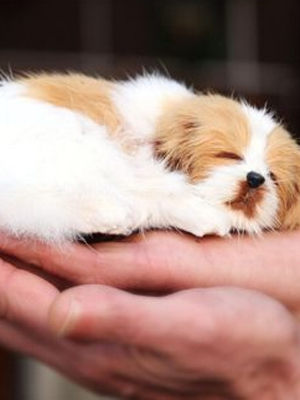Ozd (Hungarian: Magyarózd; German: Thürendorf) is a village in Mureş County, Transylvania, Romania, belonging to Bichiş commune. It was documentary attested in 1332.
The first known owners of the domain were 'the sons of Simon', in 1358. In 1496 it belonged to the Alba Iulia chapter, and in 1509 to Barlabássy Lénárd. In the time of Zápolya János, King of Hungary (1526-1540), it was owned by the Ózd family. In 1583, Báthory Zsigmond, Prince of Transylvania, donate the domain to Szalánczi György and Baládfi Magdolná, then Radák István' wife, Tolmács Zsófia get possession of the village. At the end of the 17th century, the domain passed in the Pekri family's possession.
In the time of Barlabássy Lénárd, in 1514, here was already a castle ('domum et curiam nobilitarem in Ozd'). The present castle was built in 1682 by Pekri (or Pekry) Lőrincz, a kuruc general. The kuruc (name derived from the Latin word "cruciatus" (crusader), ultimately from "crux" (cross); Romanian: curuţ) were soldiers of different nationalities fighting in the army of Rákóczi Ferenc II (1676-1735), leader of the Hungarian uprising against the Habsburgs (1703-1711). The castle was besieged and burned by the Austrian troops in March 1709, then restored significantly in 1732 by the new holder, Radá Ádám. The castle entered into the property of a branch of Kemeny family.
The last owners were Baron Kondradshein Janos and his wife, Teleki Ilona. The Baron, of Austrian origin, came from Ploieşti when he received the castle as a gift from Adam Rodach, another Austrian nobleman after his daughter was married to a Reformed man, after divorce from her first husband, a Catholic. In 1948, after the proclamation of the Republic, the baron and his family were forced to leave in a village near Reghin, from where they emigrated to France and then in Canada.
The Ozd castle has square shape, with circular towers on corners. It does not have an uniform style. It was inspired by the Renaissance castles, whose towers began to have a more decorative role, but has also Baroque elements. The castle has 20 rooms, a ballroom, an impressive library, wine cellars, a greenhouse, stucco decorations.
After the leave of the Baron, began looting - furniture, carpets, paintings, books in the library, all have disappeared, one by one. None did nothing to stop the disaster. In the castle have been installed, one by one - an agricultural association, the kindergarten, one school, a house of culture, a community center. In the '70, it was temporary home for some teachers; it was rebuilt in the '90. Then, the heirs sold the castle for 1$ to the Bonus Pastor Foundation, a Non-Governmental Organization that restored the roof and intends to restore the entire castle. It will become a rehabilitation center.
Images from here.
|
|
|---|
Monday, February 22, 2010
Subscribe to:
Post Comments (Atom)
















No comments:
Post a Comment